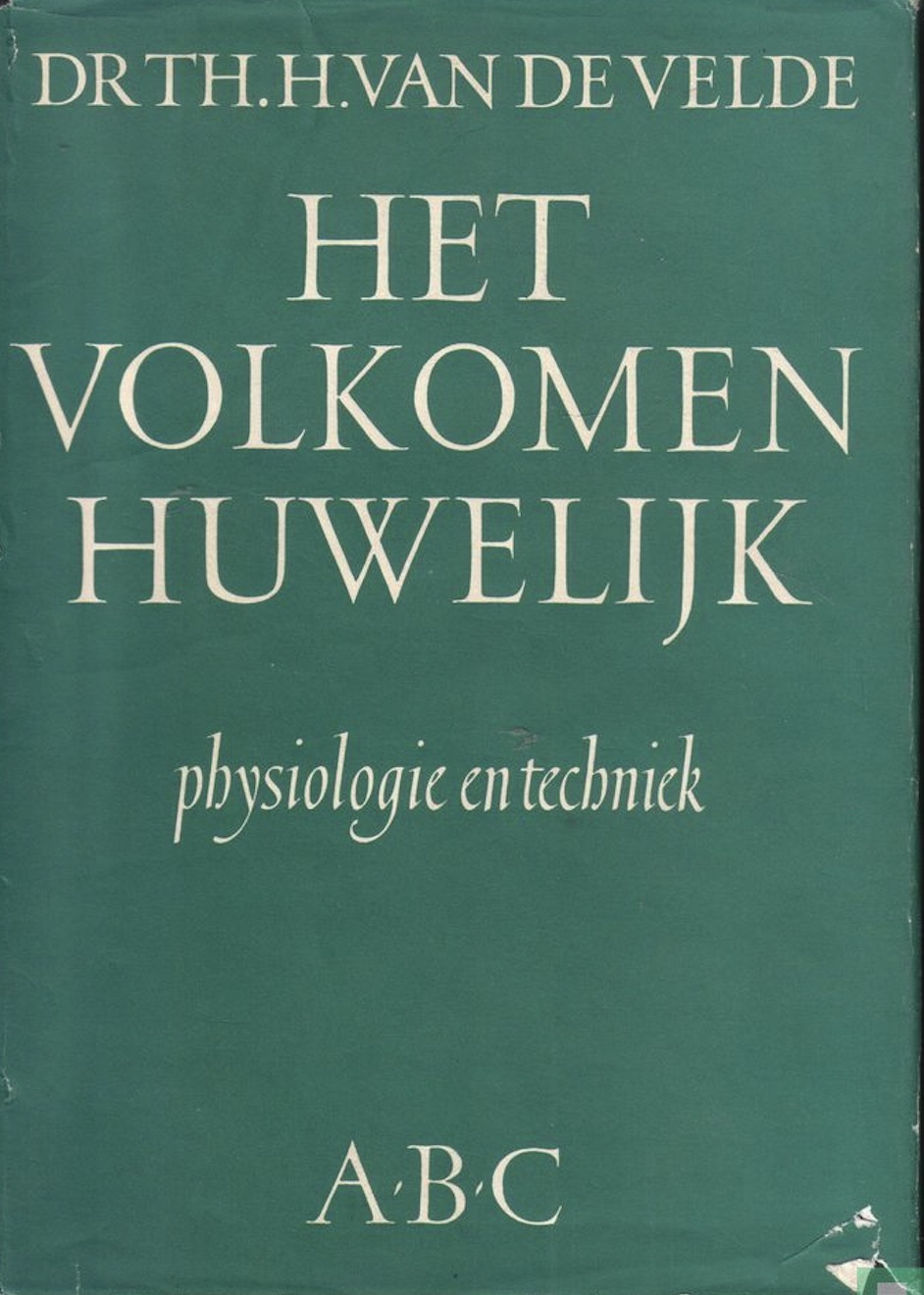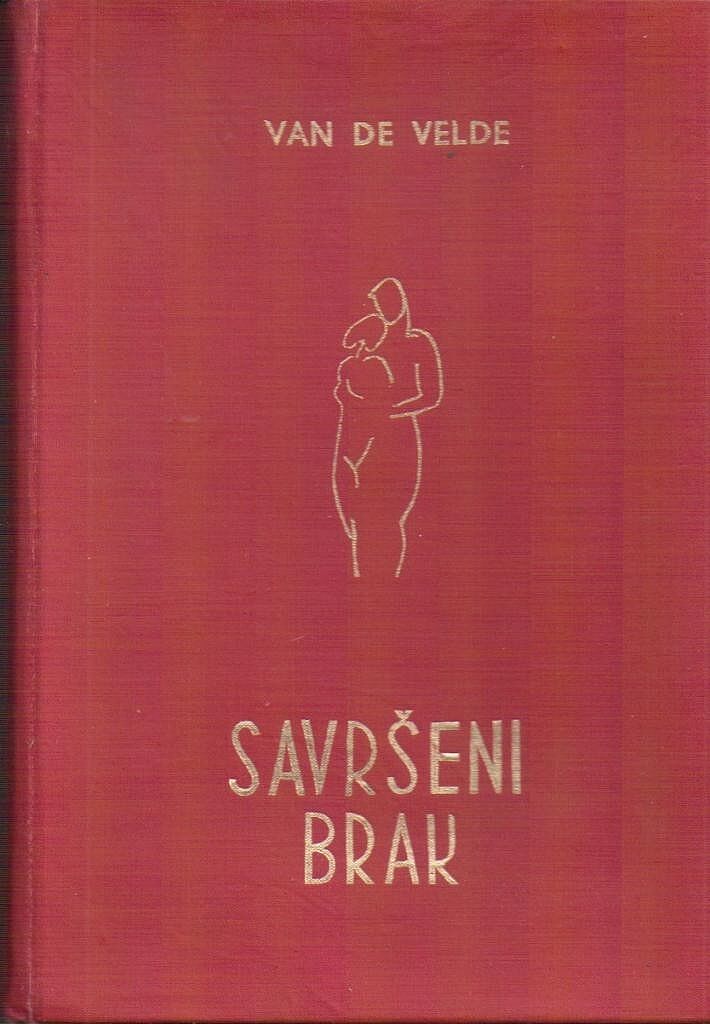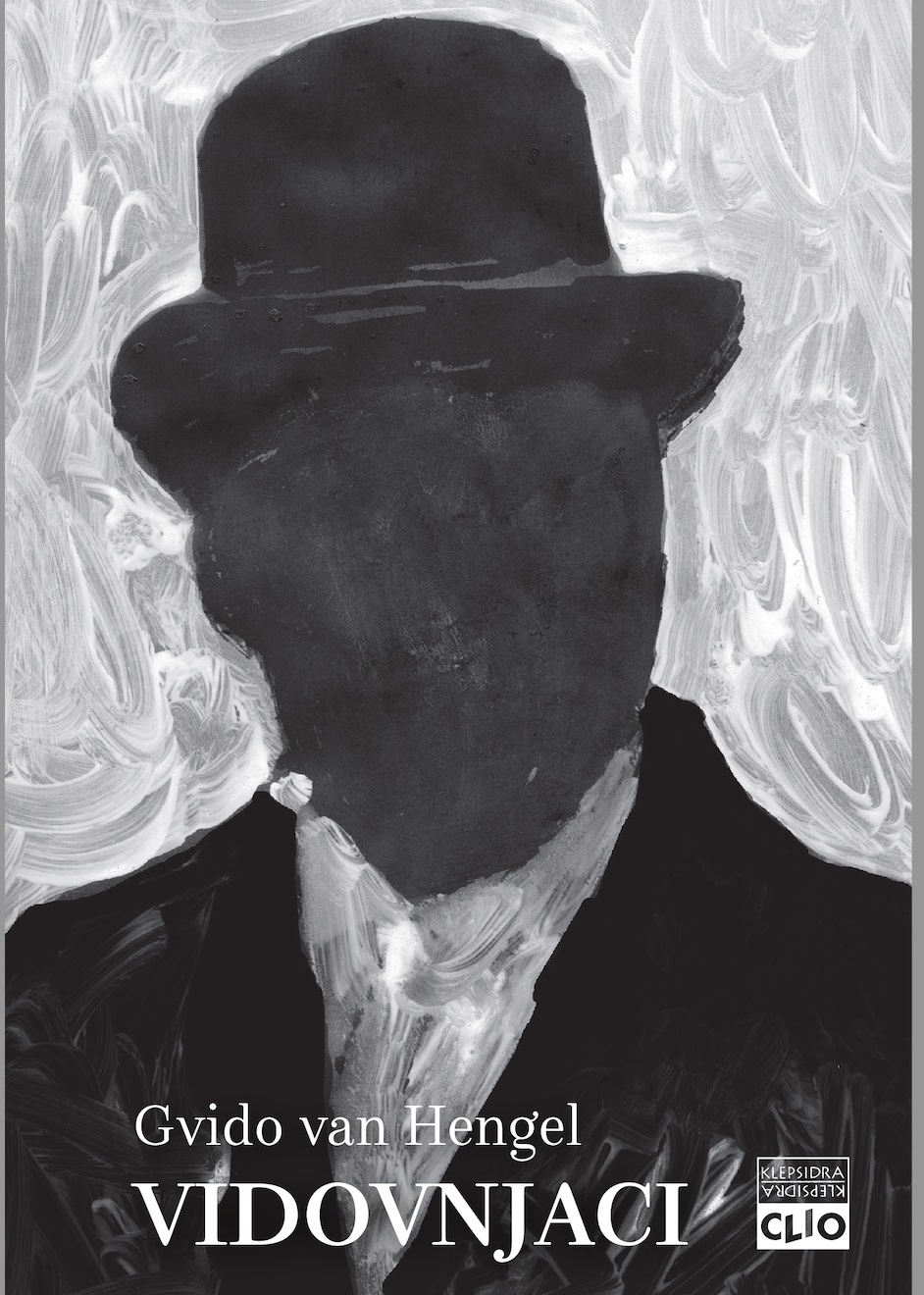Dutch non-fiction in Serbia
Since the turn of the millennium, the number of translated non-fiction books from Dutch into Serbian is constantly on the rise. This appears to be the trend not only in Serbia, looking at the overview of translation grants awarded by the Dutch Foundation for Literature. The data retrieved from their annual reports shows an increase in the number of grants for non-fiction titles from 42 in 2003 to 117 in 2014. This is in stark contrast to the 1990s, when the number of awarded grants ranged from 24 to 30 (Budimir 2020). Therefore, we can conclude that Dutch non-fiction in translation has been gaining popularity in recent decades.
In this article, we will give a brief overview of translated non-fiction in Serbia, and we will try to highlight some trends that are unique to the distribution of the translations of this genre.
Yugoslav Era
The first recorded translation of a non-fiction work from Dutch dates back to the year 1900. The third edition of the book Elementi psiholigije– očigledno i na vaspitanje primenio H. de Raaf was released by the Kingdom of Serbia's State Press (Državna štamparija Kraljevine Srbije). It was most likely a translation of the German issue, Die Elemente der Psychologie: Anschaulich entwickelt und die Pädagogik angewandt. It is not surprising that the first translation from Dutch is the pedagogy book, since one of the functions of translations is to fill in the gaps in the target language's literary system. Not long before the publishing of this translation, the Congress of Berlin recognized the independence of the Principality of Serbia in 1878. Because the majority of its citizens were illiterate, the newly formed state had to take measures to educate them. The Law on Primary Education was passed in 1882, followed by the Law on Secondary Schools in 1892. As a result, there was an era of educational changes during which the government sought new pedagogical ideas.
During the Kingdom of Serbia period, only one more translation of a non-fiction book from Dutch was published in Serbia, in 1903. It was a translation of Christiaan Rudolph de Wet’s book De strijd tusschen Boer en Brit. More translated non-fiction works did not appear until the Yugoslav period.

Cover of Het volkomen huwelijk by Theodor van der Velde.

Serbian issue of Het volkomen huwelijk by Theodor van der Velde from 1969.
During the Yugoslav era, the translations were sporadic and most of them were published in Croatia. Between 1918 and 1990, there were ca. 21 non-fiction works produced in the Serbo-Croatian language, 7 in Serbia and 14 in Croatia. It's worth noting that during this time period, Theodore van de Velde's groundbreaking work about women's sexuality in marriage, Ideal Marriage (Het volkomen huwelijk), was translated three times. The first translation came about in 1934 in Zagreb. K. Raziljev translated the book from German. The second publication was brought out in 1943, during World War II, and edited by A. D. Batrinski. In 1939, Batrinski also translated Van de Velde's Love in a Woman's Body: How to Wilfully Influence Female Fertility (Ljubav u tijelu žene: kako da po volji utičemo na plodnost žene). Further research needs to be conducted on the source text of this translation, which is unknown. Finally, Nedo Zec completed the third translation, which was published by Veselin Masleša in Sarajevo, in 1966.
When we consider the book's social setting, it's no wonder that it's been translated so many times. As a result of their participation in the National Liberation Movement during World War II, women in Yugoslavia were beginning to emancipate and engage in the Republic's social, political, and economic life. They were gaining more rights that were guaranteed and protected by the law as well. For instance, the Law on Marriage from 1946 introduced the equal status of men and women in marriage. Women in Yugoslavia were allowed the right to abortion in 1951, and the constitution of 1974 guaranteed a woman's right to reproductive freedom and choice. This may explain the publishers' interest in female concerns. Apart from Van de Velde's works, a publishing house from Belgrade, Vuk Karadžić, brought out in 1975 the translation of the handbook Women between 40 and 60 (Vrouwen tussen 40 en 60) by P. A. Van Keep and L. Jaszmann. This publication is also for women and it covers the issues they face during menopause.

Johan Huizinga (unknown photographer)
Johan Huizinga, an internationally recognized historian and philosopher of culture, is another major author from this period. Dubrava, a Zagreb-based publisher, published his book In the Shadow of Tomorrow: A Diagnosis of the Modern Distemper (In den schaduven van morgen: een diagnosis van het geestelijk lijden van onze tijd) in 1944. Drago Perković translated his best-known book, The Autumn of the Middle Ages (Herfstij der Middeleeuwen), into Croatian in 1964, and Strahinja D. Kostić translated it into Serbian ten years later, in 1974. Both translations were made from German. In 1970, the Croatian poet, professor, and literary scholar Ante Stamać and his then-wife, the renown German translator Truda Stamać, translated his classic Homo Ludens. Finally, in 1980, Olga Kostrešević translated his study of the famous Dutch intellectual Desiderius Erasmus (Erasmus and the Age of Reformation) via German. However, Huizinga continued to attract the attention of the contemporary public in the post-Yugoslav countries. In 1996, his work Patriotisme en nationalisme in de Europeesche geschiedenis tot het einde der 19de eeuw was translated directly from Dutch by Olivera Petrović van der Leeuw and in 2006, In the Shadow of Tomorrow was retranslated, this time from Dutch, by a group of translators into Croatian. Aside from that, his older translations are being regularly reissued. So, in 2019, Algoritam from Belgrade reissued 1000 copies of the 1974 translation of The Autumn of the Middle Ages, only for the second issue to follow a year later.
Growing interest in Dutch non-fiction in the new millennium
Since 2000, there has been a noticeable upsurge in the number of translated non-fiction books published in Serbia, with ca. 20 publications per decade. As for the category of non-fiction books, they are found in 6 out of the 10 main classes of the Universal Decimal Classification (UDC). Most of the books are found in the class of Philosophy and Psychology (12), followed by Social Sciences (10) and Applied Sciences (7) (Budimir, 2020). As we can see, those books cover a wide range of topics. There is, of course, increased interest in the titles dealing with the history of the target country, such as Arius van Tienhoven’s works about his experiences while serving as a wartime surgent in Serbia during the Balkan Wars and World War I. His work The Horror of War in Serbia (De gruwelen van den oorlog in Servië) was translated by Jelica Novaković-Lopušina in 2005, and his diaries were first translated from French in 2015 (Avec les Serbes en Serbie et en Albanie 1914-1916) and then straight from Dutch a year later.

Cover of the Serbian translation of De zieners by Guido van Hengel.
Besides Van Tienhoven, Robin de Ruiter's Who Killed Slobodan Milošević and Why (De vermoorde onschuld van Slobodan Milošević: Wie vermoordde Milosevic en...waarom), Henri Habert's Between the Barbered Wire (Binnen het prikkeldraad), and Guido van Hengel's The Prophets of Europe (De zieners) are also among the books chronicling Balkan history. The last one managed to attract the attention of the media in Serbia.
Van Hengel's novel tells the story of three visionaries grappling with humanity's annihilation following World War I. Among those three dreamers is a Serbian cultural critic and activist Dimitrije Mitrinović. The book was translated collaboratively by translators from Serbia and Croatia. At a book event hosted by the publisher Clio, notable Serbian director Goran Marković and historian and philosopher Slobodan Marković, among others, spoke about the publication. Some of the major Serbian newspapers, such as Politika, covered this event, and the author gave various interviews to the press, among other for the daily newspaper Danas and wrote an essay about his book for the renown Serbian magazine Vreme.
As shown, nonfiction book selection is likely to be influenced by the target language's educational, social, and cultural needs even more than fiction. Apart from that, the two genres differ in a number of ways. There is, for example, a broader diversity of translators. According to a study on Serbian translations of Dutch literature (Budimir 2020), only three translators accounted for 80.76 percent of all translated titles in the category of fiction. In contrast, a total of 37 titles were translated by 25 translators in the nonfiction category, with an average of 1.48 titles per translator. According to the same study, the non-fiction genre has a higher degree of indirectness. Direct translations from Dutch were used in 87.8% of published works of fiction comparing to ca. 47% of non-fiction titles. All of these discoveries are certainly intriguing and should be investigated further.
(Bojana Budimir)
References
Budimir, Bojana. 2020. “Peripheries in the Global System of Translation: A Case Study of Serbian Translations of Dutch Literature between 1991 and 2015.” Dutch Crossing 44(2): 218-235. Article available online.
